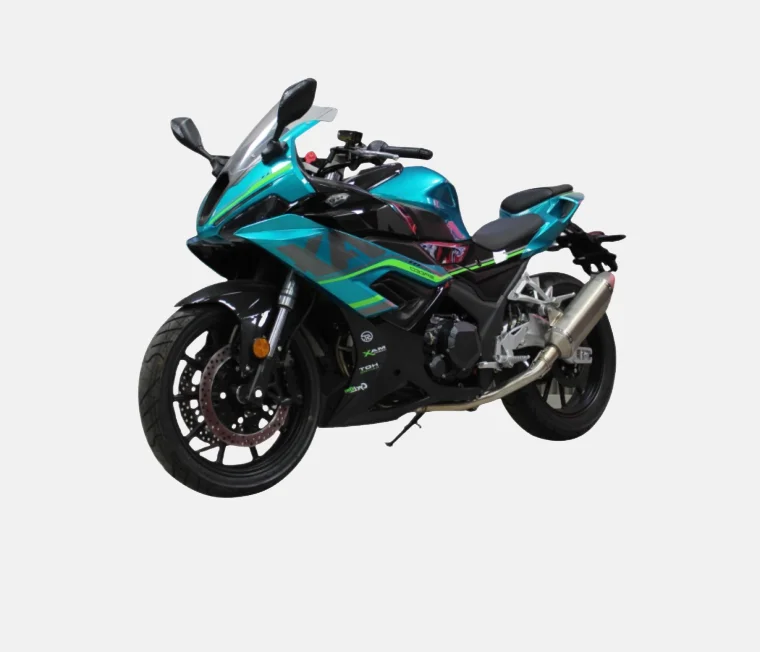In an increasingly interconnected world, the need for efficient and cost-effective transportation has never been more critical. Whether you are a student, a working professional, or a traveler exploring new destinations, understanding the most affordable transportation options can significantly impact your budget. This article delves into various modes of transportation, analyzing their costs, benefits, and practical applications to help you make informed decisions.
- Public Transportation: The Backbone of Urban Mobility
Public transportation systems, including buses, subways, and trams, are often the most economical choice for navigating urban environments.
Cost-Effectiveness
Public transit fares are generally lower than the costs associated with owning and maintaining a personal vehicle. For instance, a monthly transit pass can cost as little as $70 in many cities, compared to the average monthly expenses of $500 or more for car ownership, which includes fuel, insurance, maintenance, and parking fees.
Environmental Impact
Using public transportation reduces your carbon footprint. According to the American Public Transportation Association, public transit saves the equivalent of 45 million metric tons of carbon dioxide annually, making it a sustainable choice for eco-conscious travelers.
Accessibility
Public transportation networks are designed to serve a wide demographic, providing access to essential services, employment opportunities, and recreational activities. Many cities offer discounted fares for students, seniors, and low-income individuals, further enhancing affordability.
- Bicycles: The Cost-Effective and Healthy Alternative
Cycling is not only a budget-friendly mode of transportation but also promotes physical health and well-being.
Initial Investment and Maintenance
The initial cost of purchasing a bicycle can range from $200 to $1,000, depending on the type and quality. However, the ongoing costs are minimal—mainly limited to maintenance, which can be as low as $50 annually. In contrast, the costs associated with car ownership can be prohibitive.
Health Benefits
Cycling is an excellent form of exercise, contributing to cardiovascular health and overall fitness. Studies have shown that regular cycling can reduce the risk of chronic diseases, making it a dual-benefit option for transportation and health.
Infrastructure Support
Many cities are investing in cycling infrastructure, including dedicated bike lanes and bike-sharing programs, making it easier and safer for individuals to choose cycling as their primary mode of transport.
- Ridesharing and Carpooling: Flexible and Economical Solutions
Ridesharing services like Uber and Lyft, along with traditional carpooling, offer flexible transportation options that can be more affordable than owning a vehicle.
Cost Sharing
Carpooling allows multiple passengers to share the cost of fuel and tolls, significantly reducing individual expenses. Ridesharing apps often provide fare estimates, enabling users to choose the most economical options based on demand and distance.
Convenience
These services provide door-to-door convenience, eliminating the need for parking and reducing travel time. For those who do not require daily transportation, ridesharing can be a cost-effective alternative to car ownership.
- Walking: The Ultimate Free Transportation
While it may seem simplistic, walking is the most cost-effective form of transportation available.
Zero Cost
Walking incurs no financial cost, making it an ideal option for short distances. It also promotes a healthy lifestyle, contributing to physical fitness and mental well-being.
Urban Exploration
Walking allows individuals to explore their surroundings at a leisurely pace, discovering local attractions, shops, and eateries that may be overlooked when traveling by car or public transit.
- Long-Distance Travel: Budget Airlines and Trains
When it comes to long-distance travel, budget airlines and train services can offer significant savings compared to traditional transportation methods.
Budget Airlines
Low-cost carriers like Ryanair and Southwest Airlines provide affordable flight options, often with promotional fares that can be as low as $20 for domestic routes. However, travelers should be mindful of additional fees for baggage and seat selection.
Train Services
In regions with extensive rail networks, such as Europe and parts of Asia, trains can be a cost-effective and scenic way to travel. Booking in advance can yield substantial discounts, making train travel an attractive option for budget-conscious travelers.
Conclusion: Making Informed Choices for Affordable Transportation
In conclusion, the quest for the most affordable transportation options requires careful consideration of various factors, including cost, convenience, and environmental impact. Public transportation, cycling, ridesharing, walking, and budget airlines all present unique advantages that cater to different needs and preferences. By evaluating these options, individuals can make informed choices that align with their financial goals and lifestyle, ultimately leading to a more sustainable and economical way of traveling.




